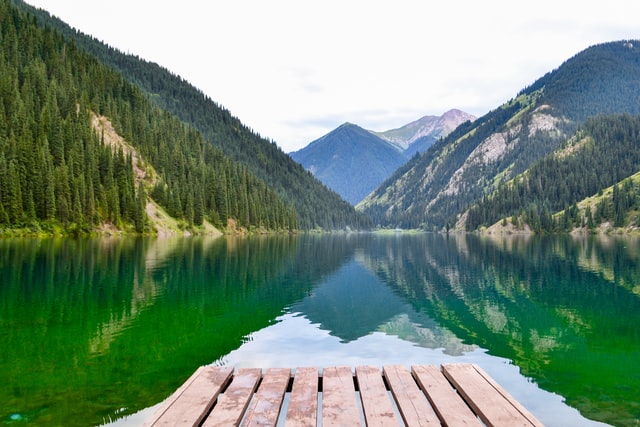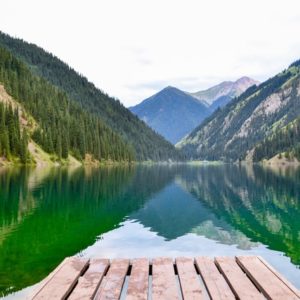“The immortality of the people is in their language.”
Chingiz Aitmatov, writer.

Kazakhstan is a huge state, which is located on the territory of Asia and Europe. It has an area of nearly 2,725,000 square kilometers. It is the ninth largest country in the world in terms of area. Kazakhstan is smaller than India, but larger than Argentina and Mexico. The country borders Kyrgyzstan, China, Uzbekistan, Russia and Turkmenistan.
If Kyrgyzstan is associated with mountains, and Uzbekistan – with deserts, then Kazakhstan is definitely associated with steppes. It is a country of vast steppes, semi-desert pristine landscapes, numerous fresh and salt lakes and a mountain range in the southeast. The country has access to the Caspian Sea in the west.
It is a country of nomads of Turkic origin, for centuries they lived in this land, and everything here is a reminder of this. The land of Kazakhstan remembers the hordes of Genghis Khan, the campaigns of the Dzungars, the raids of the Kalmyks, the reign of the Bukhara Emir and Russian expansion. The turbulent centuries-old history of Kazakhstan is preserved in a variety of historical monuments throughout this transcontinental country. Soviet urban architecture and the Baikonur Cosmodrome are reminders that the country was once part of the USSR.
Kazakhstan has a sharply continental climate, with warm summers and harsh, cold winters with little precipitation. The winter weather is clear, frosty, and windy. Summers are very short in the north and hot in the south. Temperatures often reach -40 degrees Celsius in winter in the north and +40 in summer in the south. The capital, Nur-Sultan, is the second coldest capital in the world after Ulaanbaatar.
The national cuisine prioritizes meat: horse meat, mutton, and sometimes beef. Horse meat is everywhere: in soups, beshbarmak (finely chopped meat with dough), shujuk and kazy (delicatessen sausages). In this corner of the world one can also taste sour-milk products: shalap, kurt and ayran, baursaki – fried pieces of yeast dough. Characteristically, these products do not spoil for a long time – for centuries ancestors of modern Kazakhs carried them with them on long nomadic journeys.

The population of Kazakhstan is more than 18 million people; 64% of the population are Kazakhs, about 22% are Russians, and other nationalities account for 14%.
The capital is Nur-Sultan with a population of about 900,000 people. Major cities are Almaty and Shymkent, located in the south of the country.
The monetary unit is Kazakh Tenge.
The official language is Kazakh; Russian is the language of interethnic communication.

